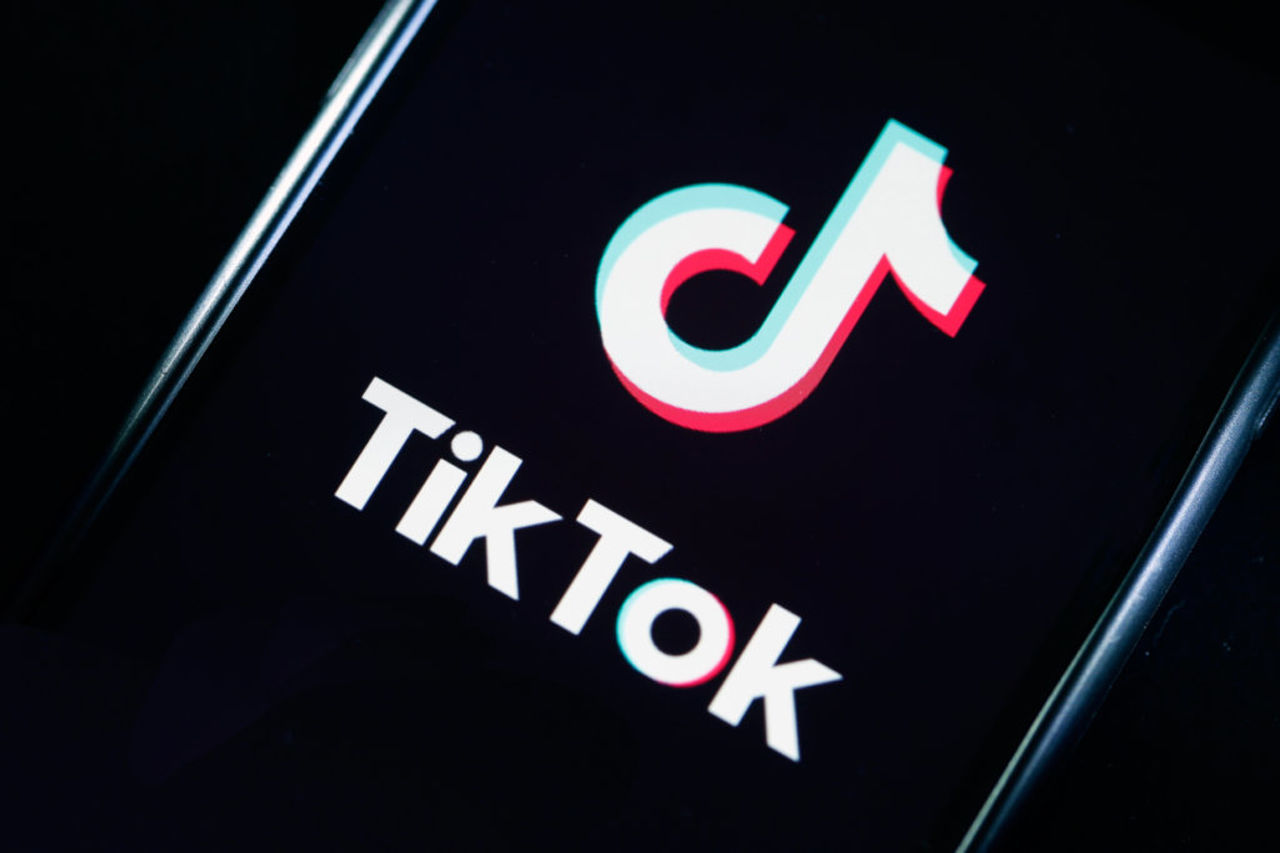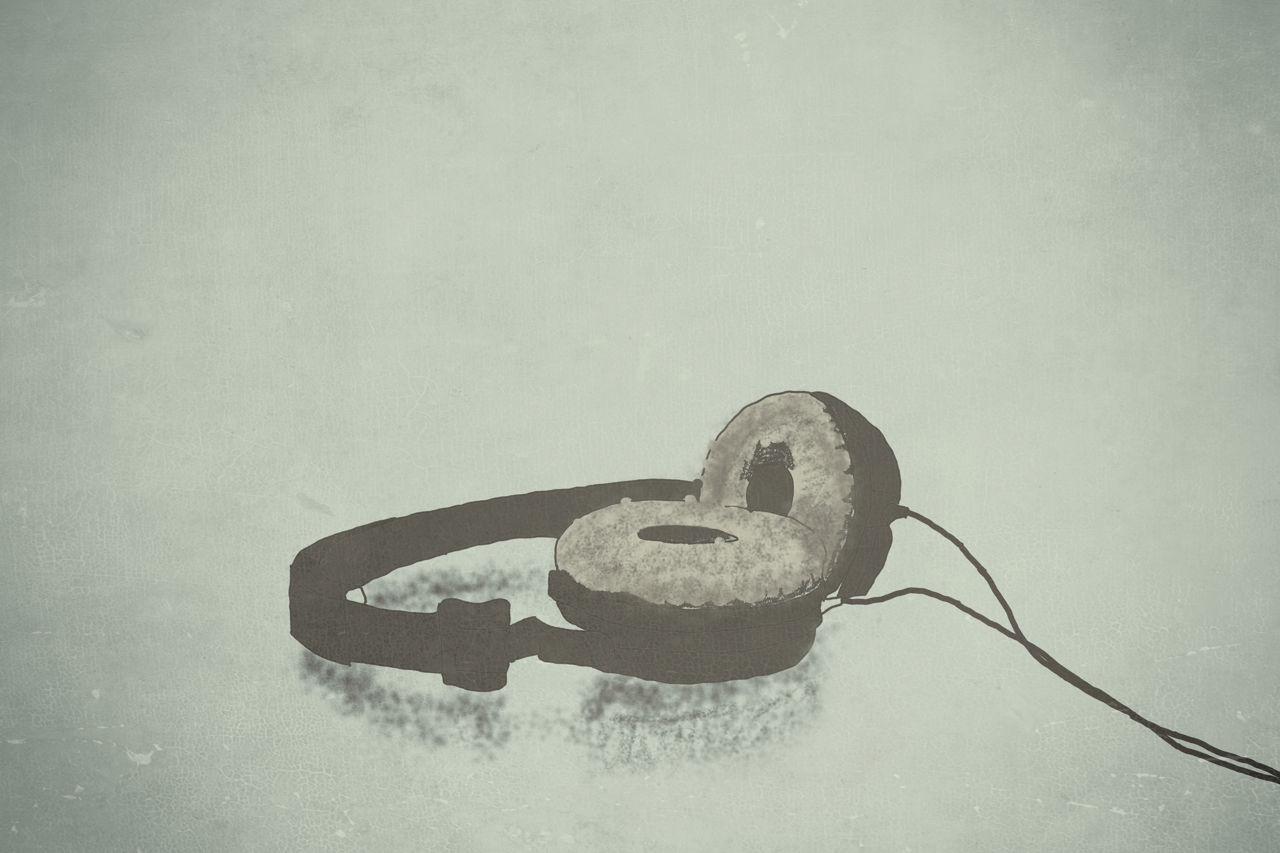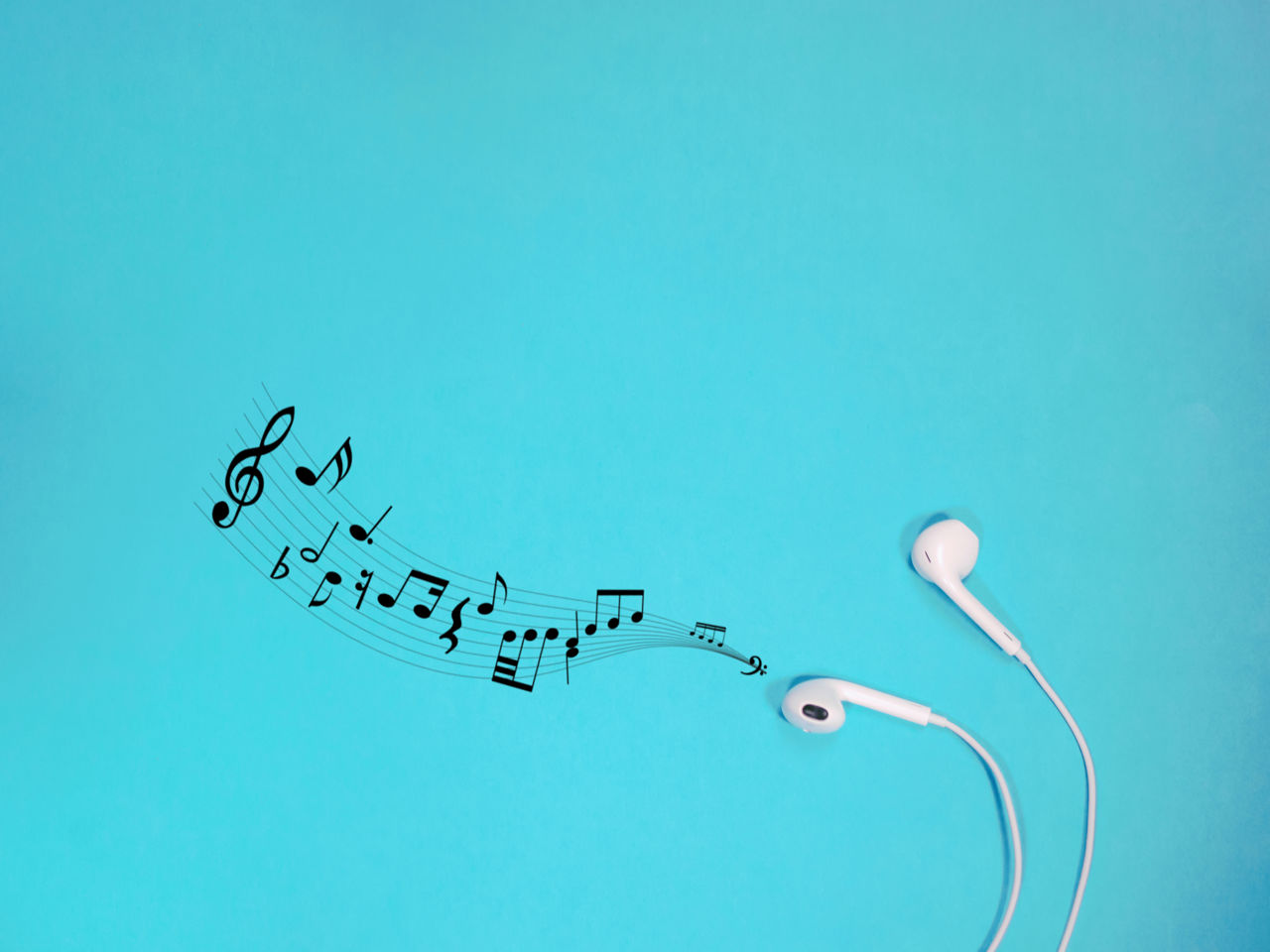Sound is immensely powerful. It has the ability to transport you back to a certain moment in time or take you somewhere you never knew existed.
It can make you feel alive or even reduce you to tears. It’s a sense that enables communication and facilitates the greatest language of all, music. Sound plays a huge part in people’s lives and is increasingly important in the modern-day world. According to Statista there are currently 155 million Spotify premium subscribers, a 25% increase since 2019, whilst the smart speaker market is set to be worth $35 billion by 2025.
Sound plays a huge part in people’s lives and is increasingly important in the modern-day world.
On top of this, entertainment formats such as podcasts continue to thrive, with Spotify recording a doubling in podcast listening hours in Q4 2020, and the music based social media platform TikTok goes from strength to strength. You’d think, based on information like this, audio would be one of the first considerations for brands when it comes to creative execution. And yet all too often sound design is treated as an afterthought and given minimal consideration or budget. The result, a piece of branding or communications that looks incredible, but is compromised when it comes to audio.

Above: Music-based social media platform TikTok is going from strength to strength.
But what actually is a sonic identity? It’s essentially an audio logo. A soundbite, no more than a few seconds long, that can either compliment a visual logo, enhancing overall brand recognition, or work in isolation on audio-only media such as podcasts, streaming platforms, radio or even apps. The question is, do people care about such things?
The simple answer is yes. A staggering 66% of consumers believe music used in marketing is more memorable than visuals (PHMG). Whilst recent research by DLMDD and YouGov uncovered that one in three adults under the age of 35 (33%) feels more favourable towards brands with a sonic identity than those without. Incredibly the research also revealed that one in three adults (32%) associate no brands with having a sonic identity. In a world that is increasingly full of communications, an engaging audio identity could be a game changer for brands wanting to stand out from the crowd.
People react faster to audio than any other stimulus. In fact, it only takes 0.146 seconds for a human to react to sound.
Consumers’ affinity towards brands that utilise sound is no coincidence; it’s based on science. People react faster to audio than any other stimulus. In fact, it only takes 0.146 seconds for a human to react to sound (Made Music Studio). On top of this, music has the ability to evoke powerful emotional responses in listeners spanning from chills all the way through to thrills (Psychology Today). All this points overwhelmingly to the need for brands – particularly those with a strong digital presence – to ensure as much consideration has gone into their sonic branding as their physical branding.

Above: Focussing on audio gives a brand an area in which to experiment and play.
Audio is vital, and brands that invest can expect to create a number of advantages for themselves. The first major benefit of sonic branding is an increased level of stand out. Consumers are bombarded with communications every day and can end up switching off to brands. Effective sound design can gain much needed cut-through, helping capture consumers’ attention, or even enter their minds subconsciously.
The next advantage is enhanced mental recall. Just like other distinctive assets – such as logos, brand mascots, colours and slogans – sonic branding can help build memory structures. This essentially increases the likelihood of consumers remembering a brand, which is particularly crucial when it comes to the consideration phase in the purchase funnel.
Fleshing out a brand’s DNA into the world of audio will help create a deeper and more authentic entity.
Brand personality is also an area that will benefit greatly. Just as a strong tone of voice on social can humanise a brand, or a consistent visual style can become warmly familiar, sound can also enhance a brand’s character. Fleshing out a brand’s DNA into the world of audio will help create a deeper and more authentic entity, which will help build trust with consumers. Focussing on audio is also an opportunity to have some fun as a brand and experiment creatively in a whole new arena. Developing this area can boost consumer engagement and has the potential to become something to which they enjoy listening.

Above: Sound design and sonic branding will become more and more important in appealing to consumers.
So, how does a brand go about creating an impactful sonic identity?
Begin with research: Conducting a review of the competition will allow brands to avoid any crossover and help produce something truly ownable. It’s also a good idea to analyse any previous audio that has been used for the brand historically, which could act as inspiration.
Know the audience: Consider your target consumers and what will resonate with them. Key questions include what kind of sounds will appeal to them most and what platforms they will be using when they engage with the audio.
It is vital that branding is viewed as a multi-sensory platform that appeals to consumers in a multitude of different ways.
Pin down an emotion: This all stems from the brand’s personality and how it wants to make consumers feel. That could span from pure excitement or happiness, through to a feeling of calmness and serenity.
Blend simplicity with originality: The key to success will be down to creating something that is unique enough to stand out in market, whilst being stripped back enough to be effortless, catchy and, most importantly hummable.
As technology evolves and humans become increasingly plugged in to it, sound design is going to become a huge part of creating authentic media experiences. As this shift takes place it is vital that branding is viewed as a multi-sensory platform that appeals to consumers in a multitude of different ways. Brands that embrace this approach and invest in audio will find themselves centre stage, with an audience that want to listen.
Source: Why sonic branding can be a lethal weapon for brands | shots













